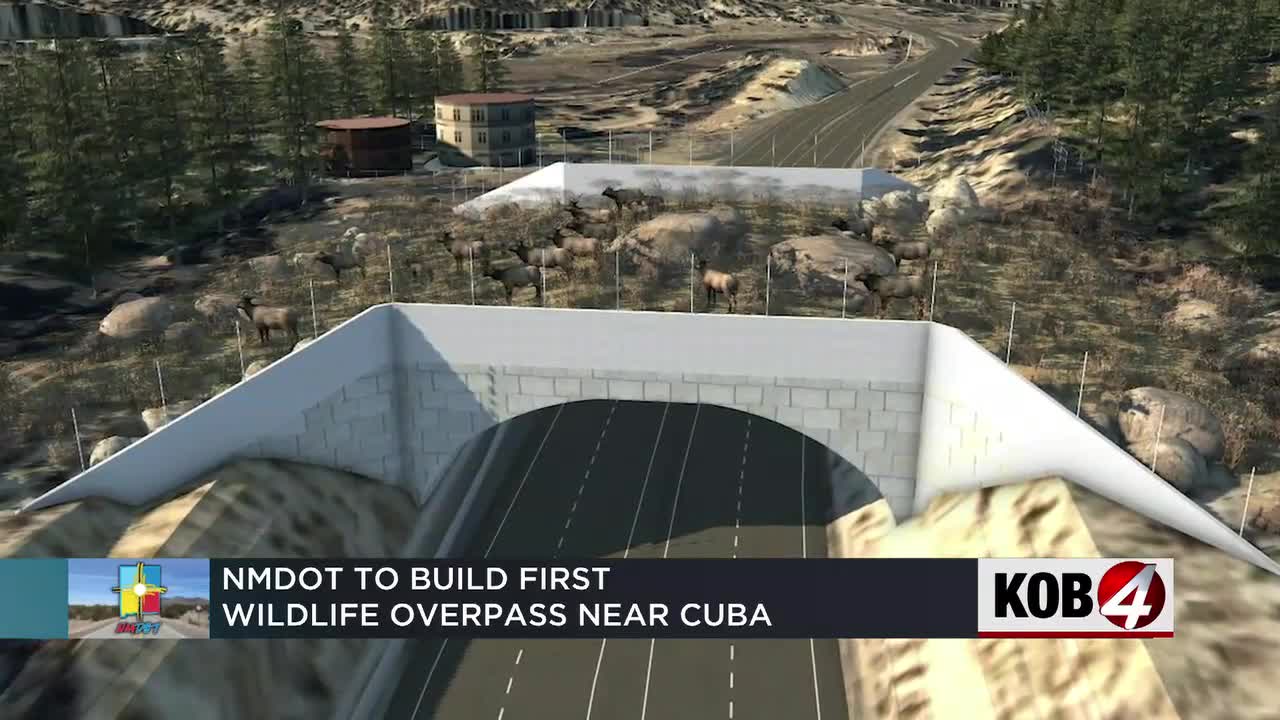New Mexico’s first constructed wildlife overpass will be divided into four phases.
CUBA, N.M. — We’ve all been there, driving on the highway, and all of a sudden, a four-legged surprise shows up out of nowhere. Sometimes these encounters cause drivers just to swerve a little, but other times it’s much worse.
“Other western states have constructed similar structures like in Arizona, Utah, Colorado, but it would be the first for New Mexico, which would be a great achievement,” said James Hirsch, the New Mexico Transportation Department Wildlife Coordinator.
Before they hit the road, drivers know they are sharing the road with other drivers. And along U.S. Highway 550 north of Cuba, they are also sharing the road with animals.
“There are close to 1,400 reported wildlife vehicle collisions statewide; that’s just reported wildlife vehicle collisions,” Hirsch said.
But our state’s Transportation Department has a plan to help keep you and the animals safe.
“There are a lot of elk in this area, and elk are a big animal. If a motorist hits one, there is the risk of injury or even death,” Hirsch said.
It’s New Mexico’s first constructed wildlife overpass, and the project will be divided into four phases.
“We are currently in the design phase of phases 1 and 2. They are about four miles long and entail the installation of 8-foot-tall woven wire fences that exclude deer and other wildlife from the roadway, and direct them to cross at either wildlife overpasses or wildlife underpasses,” Hirsch said.
Phase 1 of the overpass will start near mile marker 66. The first underpass will be built about a mile from there, in San Jose Creek.
“It protects the traveling public and also too it would provide habitat connectivity for deer, and other wildlife so they can freely move across this roadway in a safe manner,” Hirsch said.
NMDOT said the design for phases 1 and 2 is expected to be completed by the end of 2026. The plan is to start construction in early 2027.
